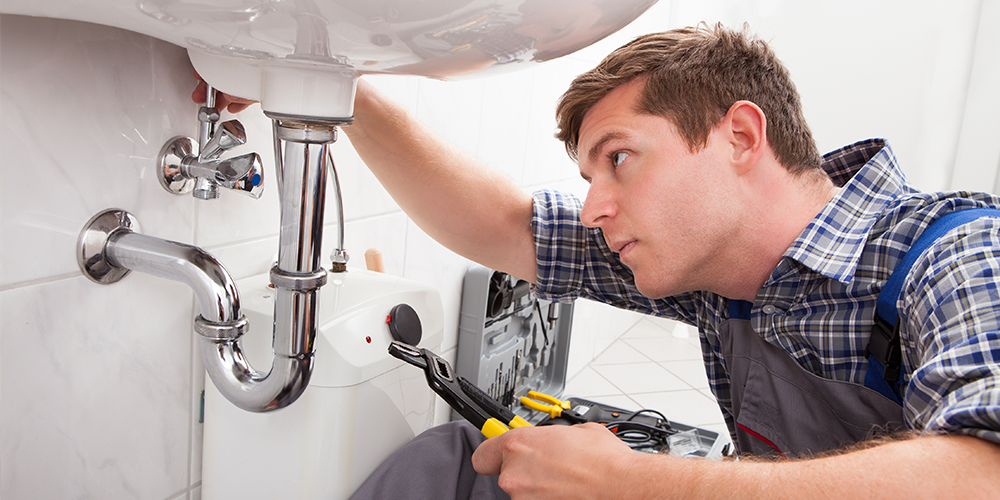Before beginning the construction process on a new home, careful planning and deliberation are required. If you’re building a new home, you’ll need to think about the décor as well as the plumbing and construction supplies. Constructing a new home adequate prior preparations can be stressful and difficult. A faulty plumbing system, for example, might lead to further leaks and major water damage. To avoid difficulties, make sure your plumbing systems are fitted appropriately. This post will go over a few safety precautions to take when doing new construction plumbing system.
- Permits that are secure
The first step in establishing a plumbing system is to request and receive the necessary permits. The permit will allow professionals to analyses and inspect your plumbing designs and ensure that the designs are in better shapes to prevent future breakdown that can cause tremendous effects. It may take some time to process everything, but obtaining permits will help ensure that your home complies with all applicable codes and safety regulations.
- Consider Your Plumbing Requirements
It’s best to think about your current and future plumbing needs when building a plumbing system. To ensure functionality, you must decide where your drain lines, plumbing, and sewer will be built. Incorporate all current and future water needs into your plumbing system while you still have access to it and save money on future repairs. In addition, put an emphasis and consideration on the outdoor plumbing. Avail adequate plumbing materials such as faucets connections that will be used throughout your home. Consider climate changes that may affect you plumbing and hence ensure that materials used are durable and cannot be affected by any climatic changes such as temperatures.
- Consider installing water softeners.
To solve all the hard water problem, water softener is always the ideal method. Installing water softener in your new home may not necessarily be important then, but will be useful in future when need arises. It’s easy and cheaper when you install the water softer during the construction as it may be difficult and very expensive to do so after the completion of the house.
- Make a list of rooms that require water.
When planning the configuration of your plumbing system, take into account all of the rooms that use water. The restrooms, kitchen, and laundry room are the top three areas to think about. A perfect plumbing in these rooms will save a lot of damages and maintenances due to blockages that happens regularly. In addition, you should consider their drainage and direction of the flaws.
To sum it up
Installing new plumbing pipes in the future can be pricey. Avoid wasting money by ensuring that the plumbing system in your new house is designed to suit all of your current and future plumbing needs! If you require backup water softeners in the future, make sure you have a safety permit, a centralized plumbing system, and backup water softeners. These simple guidelines can assist you in designing a long-lasting plumbing system.










